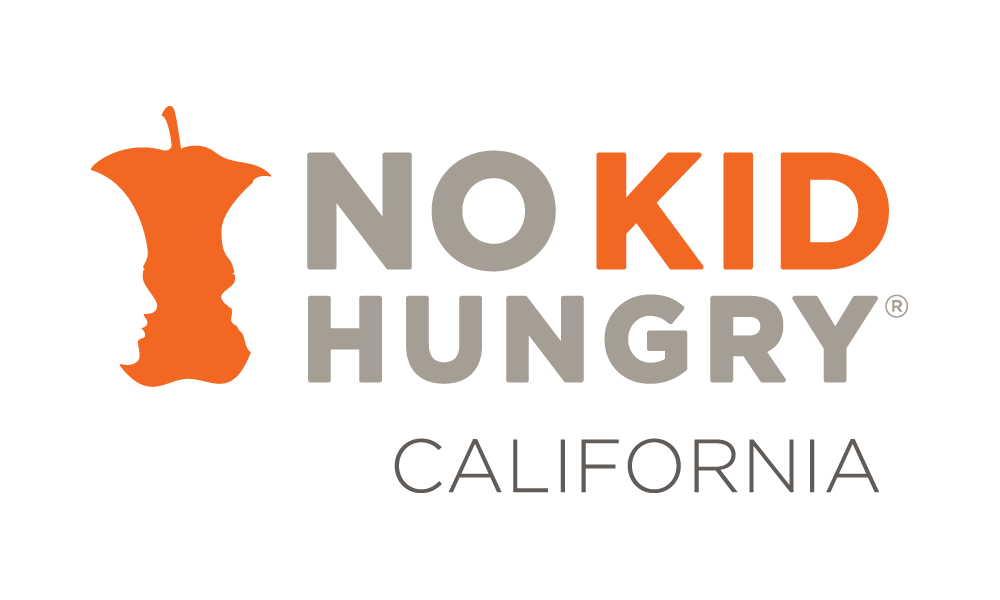“This outmoded food plan, last updated in the 1970s, has limited SNAP’s purchasing power,” says Davis. “We are pleased to see this long overdue update to the Thrifty Food Plan.”
Contact: Meredith Jorss, mjorss@strength.org
WASHINGTON, DC – Today, the U.S. Department of Agriculture announced its long-awaited update to the Thrifty Food Plan (TFP), the mechanism used to calculate Supplemental Nutrition Assistance Program (SNAP) benefits. The current TFP, created in the 1970s, is badly out of date and underestimated what it costs a family to purchase a nutritious diet today. This update, which fulfills a directive from Congress’s 2018 bipartisan Farm Bill, will increase average SNAP benefits more than 25 percent over pre-pandemic levels, with families receiving an additional $36 each month per person starting in October. The following is a statement from Share Our Strength Senior Vice President Lisa Davis.
“We are pleased to see this long overdue update to the Thrifty Food Plan, which, for decades, grossly underestimated the amount it cost to feed a family a basic, healthy diet.
“This outmoded food plan has limited SNAP’s purchasing power and made unrealistic assumptions about the cost of food, the time it takes to plan and prepare meals and the constraints faced by time-strapped working families. The updated Thrifty Food Plan better reflects the way families live today, where working households do not have unlimited hours to prepare food from scratch and modern dietary guidelines advise a wider variety of foods, particularly leafy greens and lean proteins, which can be more costly. Raising the benefit level will help SNAP dollars go further; currently, nearly 90% of SNAP recipients report their benefits run out before the end of the month.
“SNAP is one of our nation’s first lines of defense against hunger and helps some of our nation’s most vulnerable individuals, including children, the elderly and people with disabilities. It also plays an important role in helping low-wage working families keep food on the table; in fact, nearly 42% of SNAP recipients are in households that are working. Preparing healthy meals takes time and money, and this modest increase to monthly SNAP benefits is an important step in the right direction.
“And SNAP is essential for children. A robust and growing body of research shows that access to nutritious food has both short- and long-term impacts on children’s health, education and development, allowing them to grow up healthier, better educated and more likely to escape the cycle of poverty.
“We commend this important step toward better SNAP benefit adequacy, but there is still more to be done to address hunger among children and families in the wake of the dual health and economic crisis caused by COVID-19. We urge Congress and the White House to work together to close the summer meal gap, strengthen school meals and ensure struggling families have resources for essential needs.”
###
About No Kid Hungry
No child should go hungry in America. But in the wake of the coronavirus pandemic, 1 in 6 kids could face hunger this year. No Kid Hungry is working to end childhood hunger by helping launch and improve programs that give all kids the healthy food they need to thrive. This is a problem we know how to solve. No Kid Hungry is a campaign of Share Our Strength, an organization committed to ending hunger and poverty.



